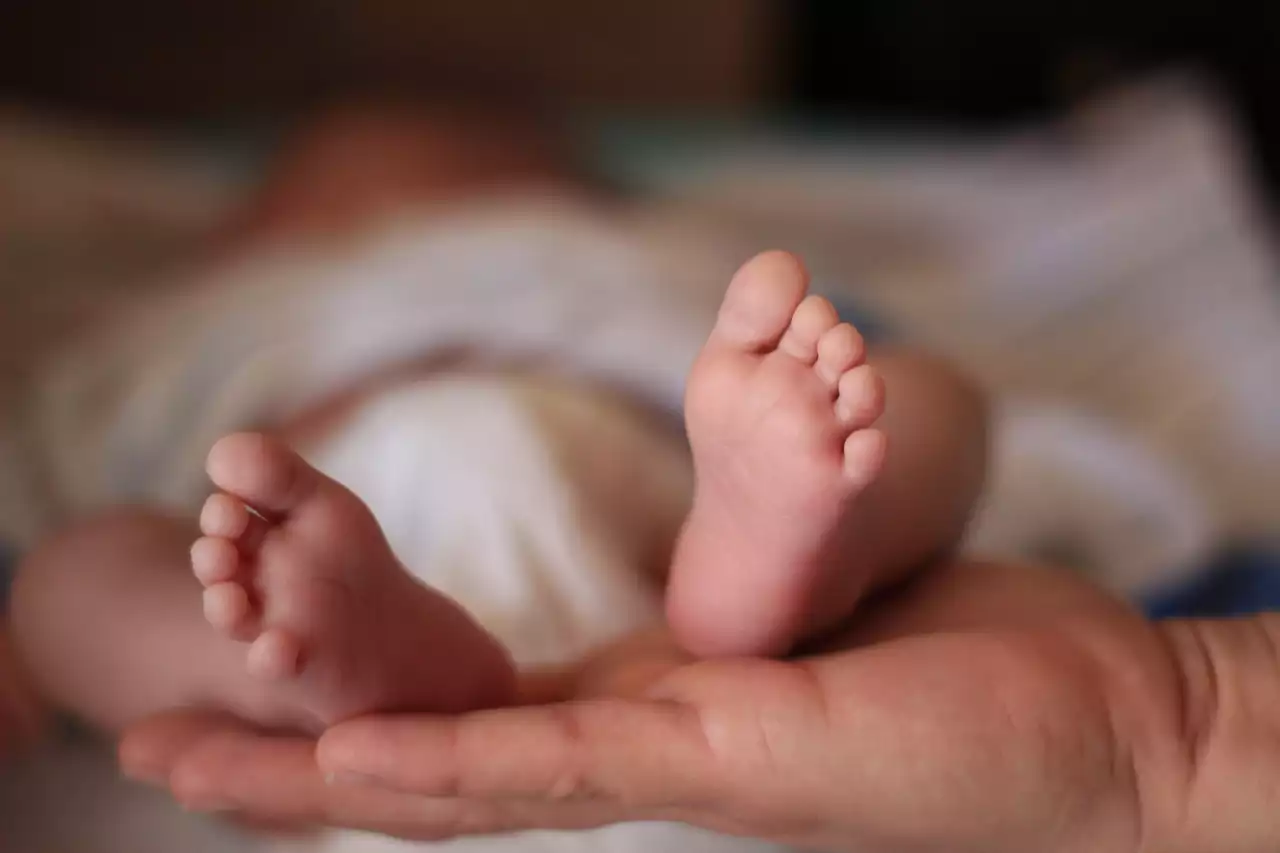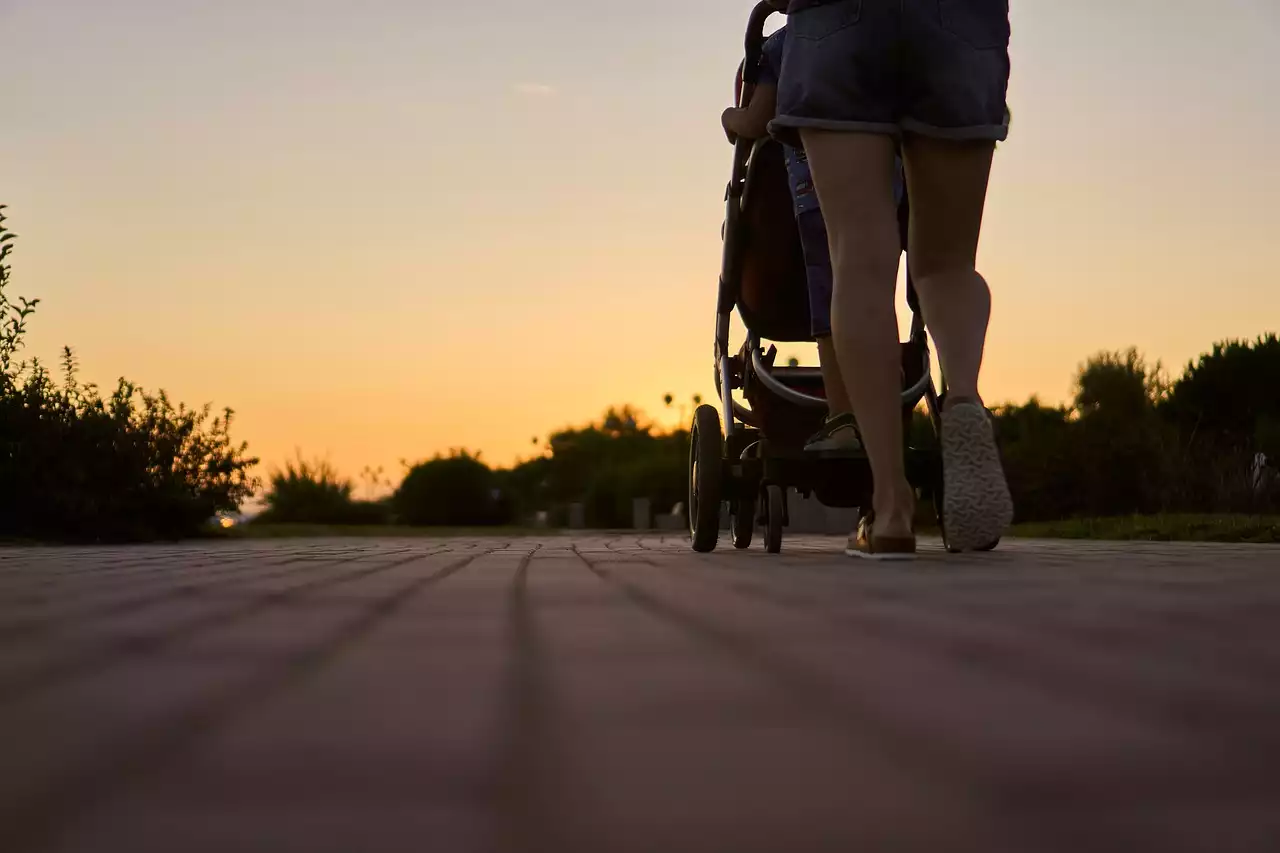What is Narcolepsy?
Narcolepsy is a neurological disorder that causes extreme sleepiness. People with narcolepsy often experience abnormal REM rapid eye movement sleep. REM sleep occurs when the brain is in a state of dreaming. People with narcolepsy are likely to experience REM sleep at inappropriate times, such as when they are in the middle of a conversation, driving a car, or doing homework. Narcoleptics may experience sleep paralysis, hallucinations, and sleep-related dietary disorders such as sleep-eating or sleep-walking. The excessive daytime sleepiness from narcolepsy is often unrelenting. It can be so severe that it interferes with daily activities, such as going to school or holding a job.
What is Sleep Apnea?
Sleep apnea is a disorder where a person’s breathing is interrupted throughout the night due to a blockage in the airway. Sleep apnea can cause a person to wake up frequently during the night and feel unrefreshed in the morning. There are two types of sleep apnea: obstructive sleep apnea and central sleep apnea. Obstructive sleep apnea is caused by a physical blockage in the airway, usually from excess weight or being overweight. Central sleep apnea occurs when the brain does not signal the muscles in the throat to breathe. The severity of sleep apnea can range from mild to severe condition, but it is often undiagnosed because most people do not know that their sleeping habits are unusual.
Symptoms of Narcolepsy and Sleep Apnea
Symptoms vary from person to person and from one episode of the disorder to another. The following are some of the symptoms of narcolepsy and sleep apnea. Excessive daytime sleepiness. People with narcolepsy or sleep apnea can often fall asleep at any time, such as while driving, in the middle of a conversation, or while eating a meal. A person with sleep apnea may fall asleep while eating because they are exhausted and need to take a nap. Hallucinations occur when you are falling asleep or waking up. These hallucinations may include seeing, hearing, smelling, or feeling something that is not real. Being unable to move for a few seconds when you are falling asleep or waking up.
Treatment for Narcolepsy and Sleep Apnea
The best way to treat these conditions is to manage them by creating a healthy lifestyle that includes a nutritious diet, plenty of aerobic exercises, and the right amount of sleep. To help with the excessive daytime sleepiness that is associated with these disorders, a person may take an antidepressant. A psychologist or sleep specialist can help you determine the best treatment options for you or your child. Some of the treatment options for these disorders include. A variety of medications can help to treat these disorders. Eating a nutritious diet can help to prevent and manage these disorders. High-fat and high-sugar foods can make sleep problems worse. Healthy sleeping habits and a good sleeping environment can help to prevent and manage these disorders. Behaviour modification techniques. Learning how to improve the quality and quantity of sleep can help to prevent and manage these disorders.
Parenting Strategies for Children with Narcolepsy and Sleep Apnea
Children with narcolepsy or sleep apnea are at risk for injury due to frequent falls. If a child with one of these disorders falls asleep on a couch, bed, or in a chair, they may not be able to get up on their own and may be in danger of falling off the furniture. Be aware of potential hazards in your home and make sure your child has a safe sleeping environment. Your child’s body needs to know when it is time to sleep and when it is time to wake up. This is especially true for children with narcolepsy or sleep apnea. A consistent sleep routine may help to improve the quality of sleep and decrease the incidence of sleepwalking and sleep-eating.
Recognising Triggers and Warning Signs
If your child has narcolepsy or sleep apnea, it is important to know what the signs and symptoms are so you can connect them to the disorder and seek treatment. The following are some of the warning signs and triggers for these disorders. If your child has a sudden change in sleep habits, such as needing to sleep for long periods of time during the day, they may have a sleep disorder. Feeling unusually tired – Many children with sleep disorders complain of being very tired and needing a lot of sleep. Eating more or less than usual can be a sign of a sleep disorder. If your child has a sudden change in mood, such as becoming irritable, depressed, or anxious, it may be a sign that they have a sleep disorder.
Teaching Children How to Advocate for Themselves
Adolescents with narcolepsy or sleep apnea often struggle with low self-esteem and self-confidence. It is important that you help your child build self-esteem and a positive body image. Help your child to understand that the disorders are not their fault and that there are ways to manage them. Narcolepsy and sleep apnea are both incurable disorders, but they can be managed through lifestyle changes and treatment. Having these disorders does not make your child less intelligent or capable. Your child can lead a healthy, happy life as an adolescent with narcolepsy or sleep apnea with your support and help.
Connecting with Peers and Support Groups
You may want to connect with other parents who have children with narcolepsy or sleep apnea. Being around other parents who understand what you are going through and can offer advice and support can be a great help. There are many online support groups and websites where you can connect with other parents. You may also want to look into joining a local support group or attending a conference where you can meet other parents who are living with narcolepsy and sleep apnea. Being around people who understand what you are going through can help you to feel less alone.






.png?size=50)



